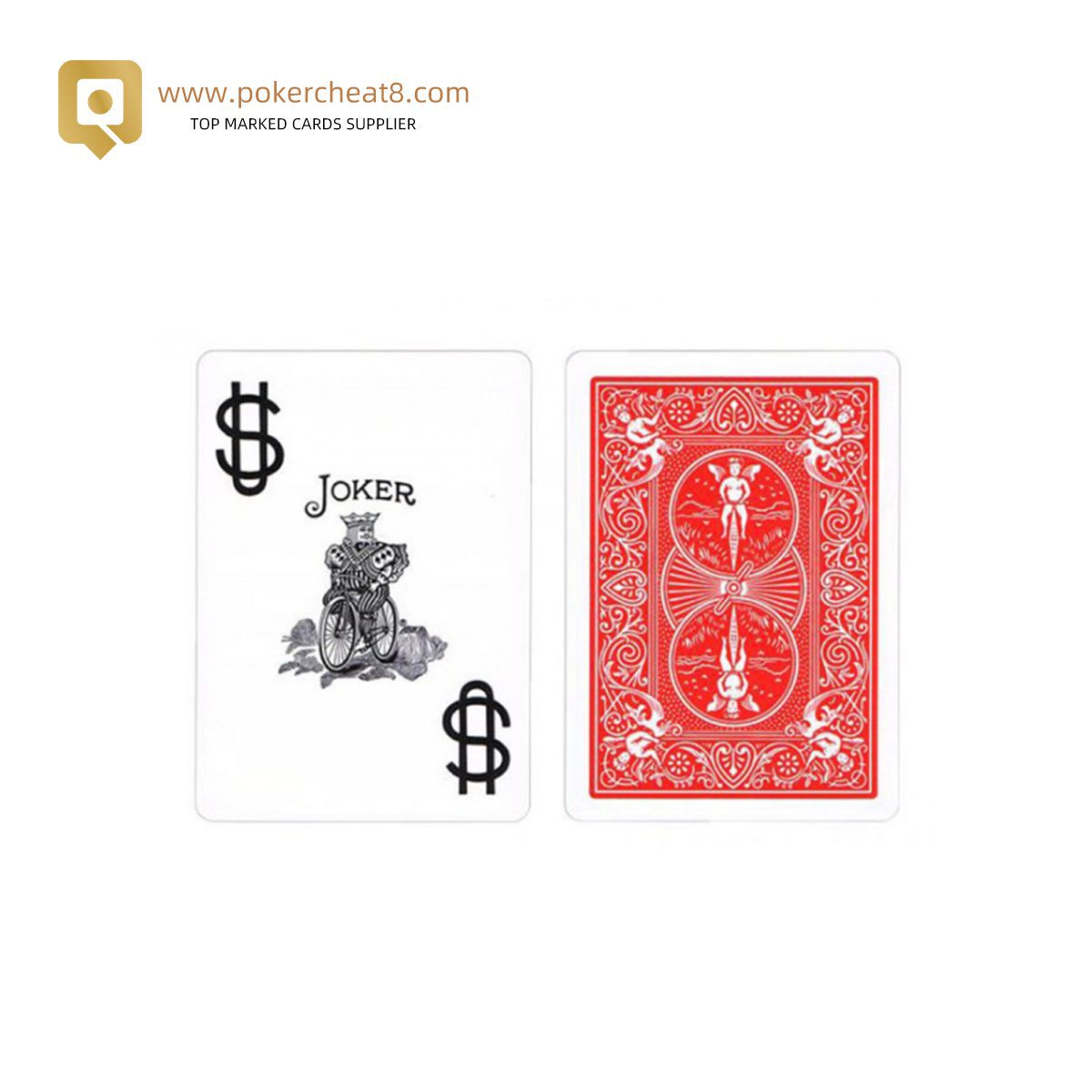
The practice of marking cards with invisible ink has a storied history in card games, blending the intrigue of stealth with the technical finesse of chemistry. This article explores the methods used to mark cards invisibly, how players detect these modifications, and the ethical considerations involved.
Understanding Invisible Ink
Marking cards with invisible ink involves applying a substance that remains unseen under normal lighting conditions but becomes visible under specific types of light, such as ultraviolet (UV) light. This method allows individuals to identify the characteristics of a card (such as its suit and rank) without alerting other players to the modification.
Techniques and Tools
The process of marking cards with invisible ink typically requires a fine applicator to apply the ink subtly on specific areas of the card. These marks are strategically placed where they can be easily read by someone who knows where to look and has the necessary equipment to see the ink.
Applications in Card Games
While invisible ink can be used for innocent purposes such as magic tricks or personal games, its application takes on a different tone in competitive settings.
The Connection to Poker Cheat
In the context of games like poker, marking cards with invisible ink is often considered a poker cheat. Using this technique without the consent of all participants is unethical and usually violates the rules of the game. It can lead to significant consequences, including disqualification and bans from casinos.
Detection and Prevention
Detecting invisible ink on cards typically requires special equipment, such as UV or infrared marked cards detectors. These devices can reveal the hidden marks to security personnel or players who suspect cheating. Many casinos and official game venues are equipped with such technology to ensure fair play.
Ethical Considerations
The use of invisible inks for marking cards is fraught with moral implications. It is essential for players and organizers to consider the integrity of the game and the trust between participants. Transparency and fairness should always be at the forefront of any card game, especially in professional or high-stakes environments.
Conclusion
Marking cards with invisible ink is a technique that embodies the fine line between clever innovation and unfair advantage. While it can be fascinating from a technical perspective, its use in any competitive card-playing environment must be regulated strictly to maintain the integrity of the game.
For those interested in learning more about invisible inks and ethical card marking practices, or to find legitimate products that enhance your card game experience without compromising fairness, visit pokercheat8.com. This site offers a wide range of card game accessories and ensures compliance with ethical standards.